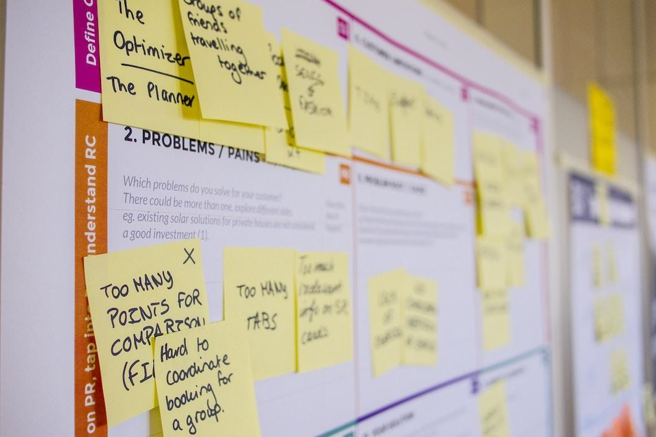How To Know If Someone Blocked You On iMessage? 5 Secret Hacks!
Apr 16, 2025

Apr 16, 2025

Apr 16, 2025

Apr 15, 2025

Apr 11, 2025

Apr 11, 2025

Apr 11, 2025

Apr 08, 2025

Mar 29, 2025
Sorry, but nothing matched your search "". Please try again with some different keywords.


In this ever-evolving digital age, data visualization has become a significant aspect of project management. The pace at which businesses operate today requires quick decision-making, and comprehending intricate information is easier once visualized. In this regard, a chart type that has gained popularity is the gauge chart. Below, we will delve deeper into understanding the role of the gauge chart in project management.
To begin, a definition of a gauge chart is helpful. The Gauge chart, also known as the speedometer chart, primarily depicts a single value within a given range. Its design mimics a car’s speedometer, providing a quick visual representation of the value of a set goal or target.
When incorporating a gauge chart in project management, it can portray key performance indicators (KPIs) succinctly. For instance, a project may use a gauge chart to monitor the rate of task completion or the quality score of deliverables. Gauge Charts make project management more visibly accessible.
An important facet of project management is measuring and controlling various project variables. A gauge chart is useful in visually displaying project performance details aiding quick decision-making.
Its usage enhances the comprehension of the project state, hence increasing the efficiency of the tasks at hand. Gauge charts are an effective way to simplify complex data into an approachable, understandable visual story.
As project management evolves, project managers must optimize their use of visual tools to convey their message succinctly. Gauge charts are a part of the toolbox that can greatly aid in this respect.
Whether it’s the tracking of project timelines, understanding resource usage, or other KPIs, gauge charts give project managers a way to quickly analyze and respond to evolving project dynamics.
The importance of gauge charts extends beyond project management and penetrates evaluating broader organizational performance. Monitoring overall organization performance requires tracking various parameters. Gauge charts can succinctly present these parameters, facilitating informed decision-making.
Common organizational parameters tracked using gauge charts include revenue targets, customer satisfaction scores, employee productivity levels, etc. A glance at the gauge chart and stakeholders can identify areas requiring attention.
Organizations can use gauge charts in dashboards to provide a snapshot of the ongoing performance. It presents the real-time status of important metrics, providing an overview and awareness of the organization’s performance.

If you’re a project manager seeking to enhance your project monitoring and reporting, implementing gauge charts can be a game-changer. Gauge charts allow you to visualize the project’s progress, providing clear visuals to the team and stakeholders on where the project stands against its targets.
As scope, timeline, and costs are crucial parameters in project management, gauge charts can directly map these parameters providing quick insight into the project’s health. It can depict comparisons, deviations, and achievements, creating an overall visual narrative of your project.
Start by identifying the key variables that govern your project’s success. Once identified, create gauge charts for these variables and embed them into your project reports and dashboards. Using this approach, gauge charts can provide you with a quick and meaningful way to monitor your project’s performance.
Altogether, gauge charts play a significant role in project management, ranging from facilitating better decision-making to enhancing visual analysis. As they accurately depict data clearly and concisely, they truly are a valuable addition to any project management toolbox.
Read Also:
Barsha Bhattacharya is a senior content writing executive. As a marketing enthusiast and professional for the past 4 years, writing is new to Barsha. And she is loving every bit of it. Her niches are marketing, lifestyle, wellness, travel and entertainment. Apart from writing, Barsha loves to travel, binge-watch, research conspiracy theories, Instagram and overthink.
View all Posts
How To Know If Someone Blocked You On iMessag...
Apr 16, 2025
7 Website Design Mistakes That Are Hurting Yo...
Apr 16, 2025
Programmable Dynamic SEO for Location-Based P...
Apr 15, 2025
Google Boba Game: How To Play This Fun Game B...
Apr 11, 2025
Which Is The Best Video Search Engine Of 2025...
Apr 11, 2025

